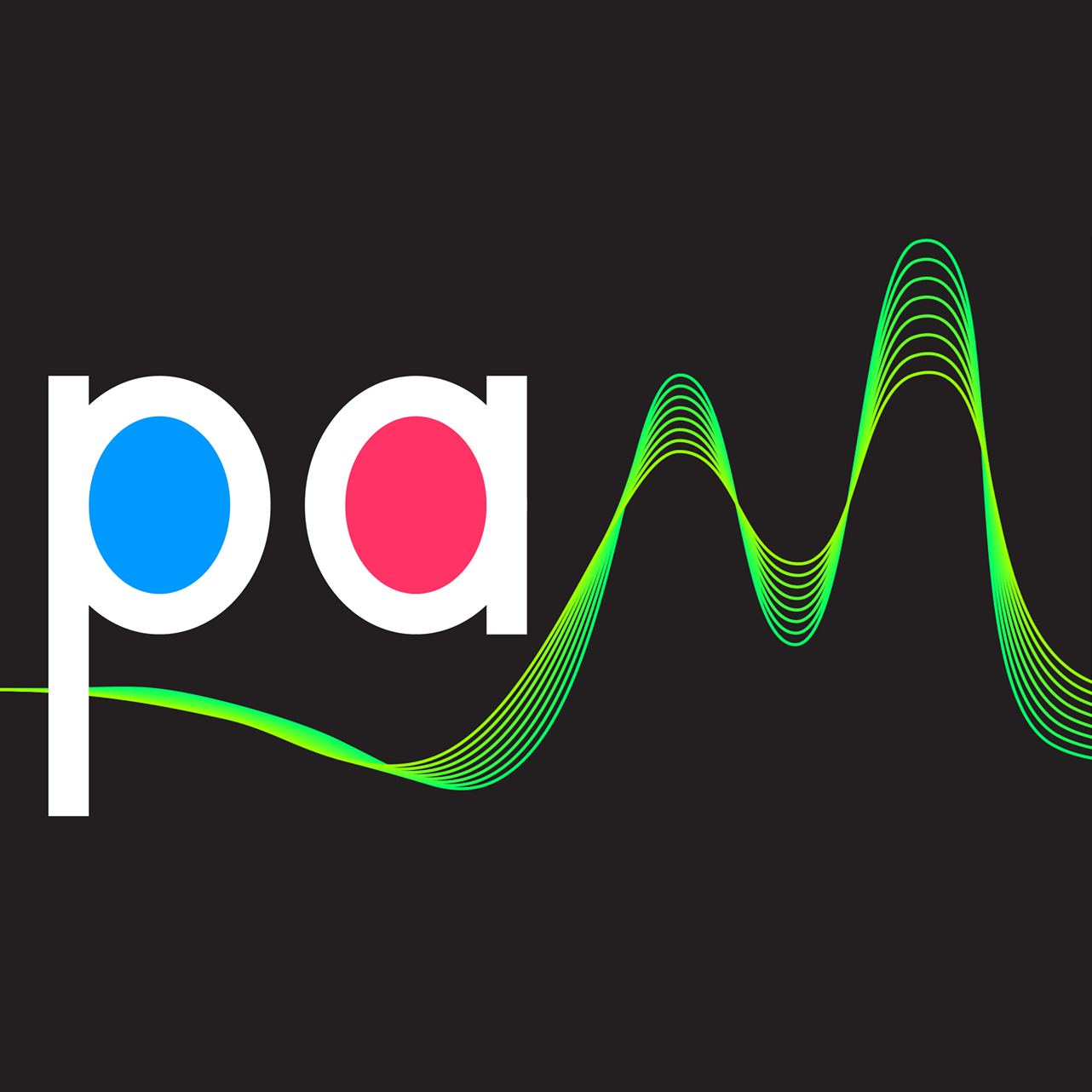The implementation of laryngeal contrast in Korean as a Second Language
Published in Harvard Studies in Korean Linguistics, 2010
Research on how second-language (L2) learners acquire L2 laryngeal categories has focused on languages with “voiced” and “voiceless” categories that differ in terms of one main cue: voice onset time. The present study examines how L2 learners come to produce a laryngeal contrast that requires the use of a second phonetic dimension—namely, the three-way Korean laryngeal contrast among lenis, fortis, and aspirated stops. In a five-week longitudinal study, 26 adult native English speakers learning Korean completed a reading task in which they pronounced Korean stops in a low vowel context. Results of acoustic analyses show that while the majority of learners are eventually successful at producing a full three-way contrast, there is wide variation in the way in which they produce it. This paper describes the range of variation in phonetic spaces that learners produce, shows how these differ from the findings of cross-linguistic perception studies on English speakers hearing Korean, and concludes that a perseverative kind of “equivalence classification” plays a large role in how learners link L2 laryngeal categories to L1 laryngeal categories.
Recommended citation: Chang, C. B. (2010). The implementation of laryngeal contrast in Korean as a Second Language. Harvard Studies in Korean Linguistics, 13, 91–104.
Download Paper
